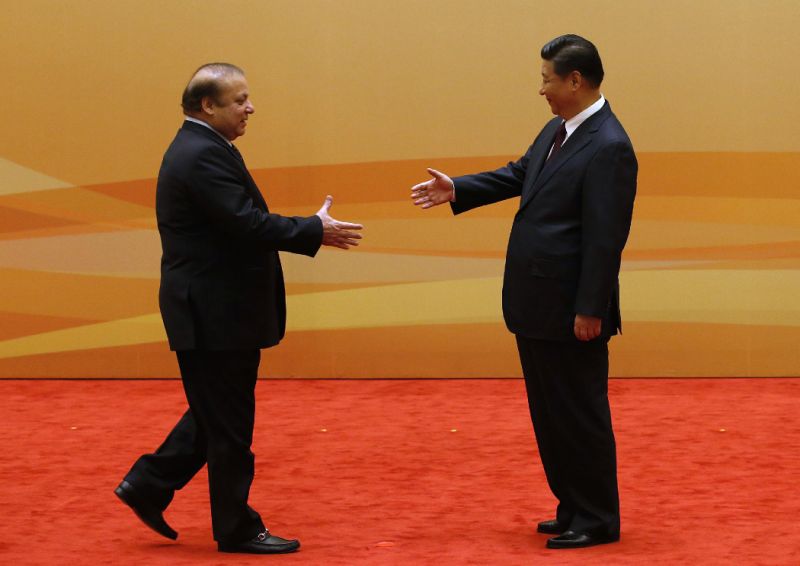
The estimated return - sum of principal and interest on foreign currency debt and repayment of profits/dividend on equity investment - shows 40% return on investment.
The amount increased to $54 billion after the inclusion of more projects in CPEC such as investments in Pakistan Railways and financing of the Karachi Circular Railways project. The volume of return would increase accordingly. Infrastructure and power projects - part of the CPEC portfolio and divided across time in terms of priority - are expected to be completed by fiscal year 2030.
Pak-China partnership:Dasu power project to create 8,000 jobs for locals
Topline Securities, in its report, said leading economists have estimated annual average repayments of $3-4 billion per year post fiscal year 2020.
“Average annual repayment of CPEC will be $3 billion. {However, in medium term} between fiscal year 2020-25, it will range between $2.0-5.3 billion with average payment of $3.7 billion,” Saad Hashemy, an analyst at the brokerage house, said in a report titled, ‘Pakistan’s External Account Concerns and CPEC Repayment’.
Another valid concern is over the repayment of CPEC-related projects. This is because most projects are being funded abroad and Pakistan is not seeing any significant inflow of foreign exchange.
“It should be noted that project financing for CPEC is being done between Chinese companies and banks and around 25% of CPEC investment is expected to come in Pakistan,” he said. The report argued the repayment would remain manageable despite additional burden of debt servicing and repatriate of profits on equity investment in CPEC. The amount for additional repayment would be generated from the expected surge in exports, drop in imports and increased inflow of remittances.
Trade
The brokerage house assumed exports to grow by 4.5% a year till fiscal year 2025, which is higher than the previous decade’s average of 3%. This is because of expectation of CPEC-led higher GDP growth in the coming years and positive impact on local industry.
Imports are expected to grow by 4% in line with last decade’s average. Further, remittances are expected to grow within 4-4.5%, which is lower than last couple of decade’s average of over 7% as Pakistani diaspora has to a great extent shifted to official channels of transferring money.
“We expect current account deficit to remain on average at 1.5% of GDP between FY20-25 at a range of 1.2%-1.8%,” it said. In addition, Arif Habib Limited estimated, CPEC-related transportation would earn $400-500 million per annum to Pakistan, which would be sufficient for repayments.
Revised macro estimates
At the same time, Topline Securities said Pakistan’s current account deficit (CAD) in the first seven months of current fiscal year 2017 remained much higher than expectation at $4.7 billion, which is 88% higher than last year.
“The higher CAD was mainly on account of weak exports of $12.3 billion, which posted a decline of 1.3% while imports of $25.5 billion increased by 9%,” it said. “Given the large CAD..., we are revising up our CAD forecast to $6.6 billion (from previous $4.7 billion), which is 2.2% of GDP,” it added.
“Given higher CAD, we are revising down our year end forecast of foreign exchange reserves to $22-23 billion from previous estimate of over $25 billion. “These are all time high foreign exchange and provide 4-5 months of import cover (accounting for only reserves with State Bank of Pakistan of $17-18 billion),” it said.
Published in The Express Tribune, March 12th, 2017.
Like Business on Facebook, follow @TribuneBiz on Twitter to stay informed and join in the conversation.
















1713861311-0/Untitled-design-(11)1713861311-0-270x192.webp)





















COMMENTS (25)
Comments are moderated and generally will be posted if they are on-topic and not abusive.
For more information, please see our Comments FAQ